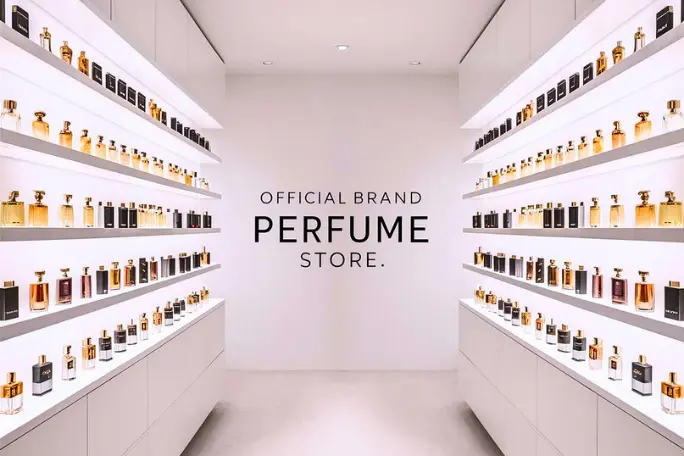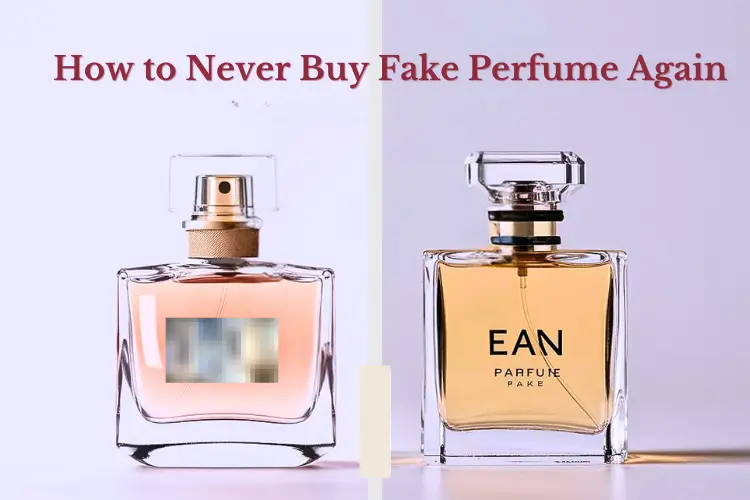If you’re anything like me, you adore finding that perfect scent that makes you feel like your most fabulous self. But nothing ruins that magic faster than discovering your beloved fragrance is a fake. Counterfeit perfumes aren’t just a waste of money; they can also pose health risks due to unregulated ingredients. So, how can you make sure your fragrance is the real deal?
I’m here to share some reliable ways to sniff out those fakes. Let’s dig in!
Identifying Fake Fragrances
Checking the Packaging
When it comes to spotting fake fragrances, the packaging is your first line of defense. But beware, counterfeiters are getting better and better at mimicking the real thing.
Looking the Coat? You might have heard that checking for a white coat or label on the bottle is a reliable way to confirm authenticity. This “coat” is meant to be a hallmark of a genuine product. However, counterfeiters are getting super savvy with high-quality printing techniques. They can mimic these coats almost perfectly, so while it’s worth checking, the presence of this coat alone isn’t a sure sign your fragrance is legit.
Websites?: Websites like checkcosmetic.net can be your best friend in this journey. By entering the product code or batch number printed on the bottle, you can get information about the manufacturing date, origin, and other details. But remember, these sites rely on data provided by manufacturers, which counterfeiters can also fake. Think of these tools as a starting point rather than a definitive answer.
Batch Codes?: Seeing a batch code on your bottle might give you some peace of mind. But again, skilled counterfeiters can replicate these codes, making this method unreliable on its own. It’s like having a lock on your door but leaving the window open—it’s not enough.
Authenticity through Verification
Watermark: Unlike your passport, fragrance packaging doesn’t usually have reliable watermarks. Advanced printing methods mean counterfeiters can easily replicate these, making them pretty much ineffective in some high-end fake perfume cases.
Manufacturing Date: Another thing to check is the manufacturing date printed on the bottle. It can tell you if the fragrance is from the expected time period. However, just like batch codes, manufacturing dates can be faked. Counterfeiters can print whatever they want on a bottle, so take this information with a grain of salt.
Fake Perfume Warning Signs
1. Bottle Quality
Here’s where things get tangible. Authentic bottles are crafted from high-quality glass with smooth containers and symmetrical caps. They exude a premium feel. On the other hand, fake bottles often use cheaper materials like plastic and may have uneven or misshapen caps. A lack of attention to detail in the bottle’s construction can be a telltale sign you’re dealing with a fake.
2. Perfume Color
Another clue lies in the color of the perfume. Real perfume is clear and free from sediment or unusual discoloration. Genuine perfumes typically contain minimal dyes and won’t leave a stain when sprayed on the skin. Counterfeit perfumes might use inferior or excessive dyes, leading to discoloration or sediment in the liquid. If your perfume leaves a visible stain on your skin, it’s likely a fake.
3. Checking Ingredients
Ever had a fragrance give you an unexpected allergic reaction? Genuine perfumes are rigorously tested to minimize such issues unless you’re specifically allergic to certain ingredients. Counterfeit perfumes might contain untested chemicals or higher concentrations of irritating substances. So if you find yourself sneezing or itching after spritzing, it might be a fake.
‘For instance, my cousin once impulsively bought a perfume from a discount store, only to discover it was a counterfeit. The scent vanished within an hour, and he ended up with a rash.’
4. Smelling the Difference
Here’s where your nose really comes into play. Authentic perfumes have a long-lasting fragrance that evolves through top notes, middle notes, and base notes. This olfactory journey is a hallmark of genuine fragrances. Fake perfumes, however, often lack this complexity. Their scent might disappear quickly or start to smell “off” as the fragrance notes fail to properly evolve. If it doesn’t pass the smell test, it’s likely a counterfeit.
Avoiding Fake Fragrances
Be Wary of “Too Good to Be True” Deals
If it seems too good to be true, it probably is. Platforms like eBay and Amazon can be places for fakers to sell counterfeit products.
eBay: Be extremely cautious of listings offering fragrances at a significantly discounted price—like $59 for a product that typically retails for $350. Legitimate retailers and authorized sellers rarely offer such deep discounts. Counterfeiters use these platforms to lure unsuspecting buyers.
Amazon: The same caution applies here. Look out for unusually low prices, sellers with limited feedback or a high number of negative reviews, and listings without clear information about the seller’s authenticity. Remember, Amazon allows third-party sellers, and some may be selling counterfeit goods.
Authenticity through Comparison
Comparison with Real Fragrances
If you’re suspicious, take the bottle to a legitimate perfume store like Sephora, Douglas, or Barneys.

Spray the suspected fake on one hand and the genuine fragrance on the other. Observe the differences in scent, longevity, and overall performance. Genuine fragrances should have a consistent scent profile, while fakes might have subtle or significant differences.
Performance Test
As part of your comparison, perform a performance test. Spray both the suspected fake and the real fragrance on your skin and monitor how long the scent lasts throughout the day. Genuine fragrances should have a consistent performance, with the scent lasting for several hours or even the entire day, depending on the concentration. A significant difference in longevity—with the suspected fake fading much faster—can be a strong indicator of a counterfeit product.
Not Washing Hands: When performing the comparison test, don’t wash your hands between applications. Washing can interfere with the scent performance and make it harder to accurately assess differences. The oils and residues on your skin can affect how the fragrance develops and performs.
Sales Associate Help
Don’t hesitate to engage with the sales associates at the perfume store. They have extensive experience with genuine products and can often spot fakes based on their expertise. Sales associates may notice subtle differences in packaging, scent, or performance that can help identify a counterfeit product.
Final Thoughts
By following these comprehensive steps and tips, you can increase your chances of identifying and avoiding fake fragrances, ensuring you get the authentic product you desire. Remember, no single method is foolproof. Use a combination of techniques to assess the authenticity of a fragrance. And of course, your nose—and your wallet—will thank you.

